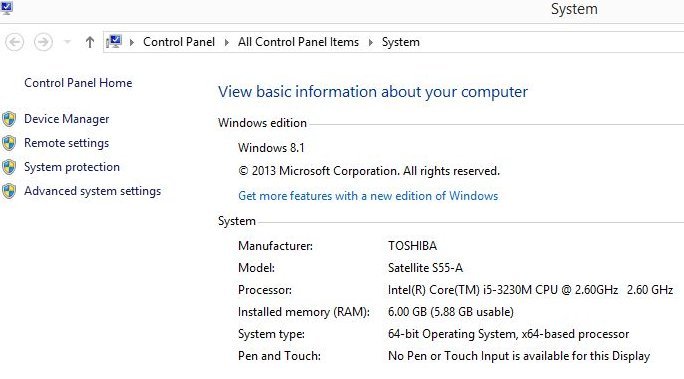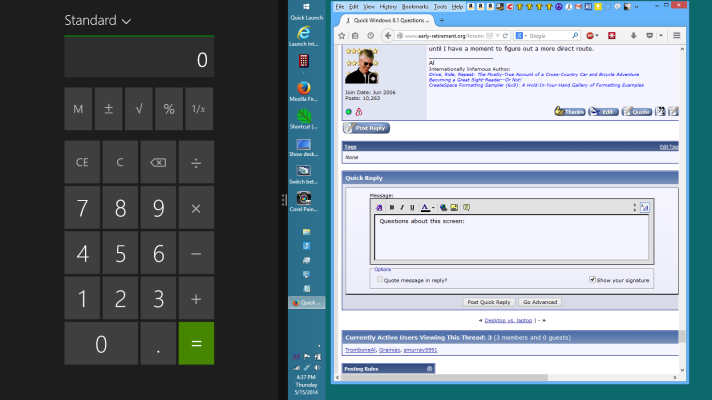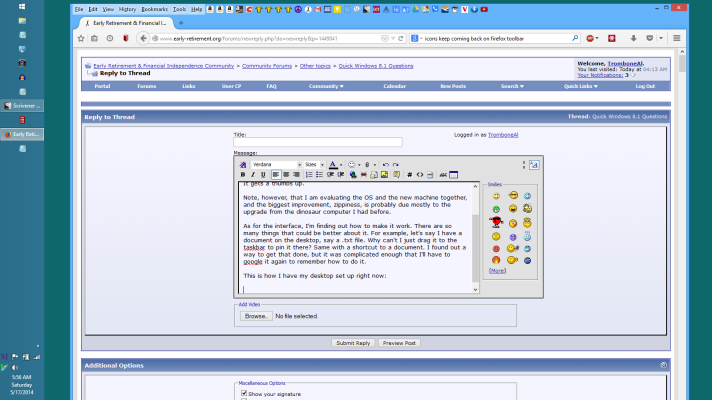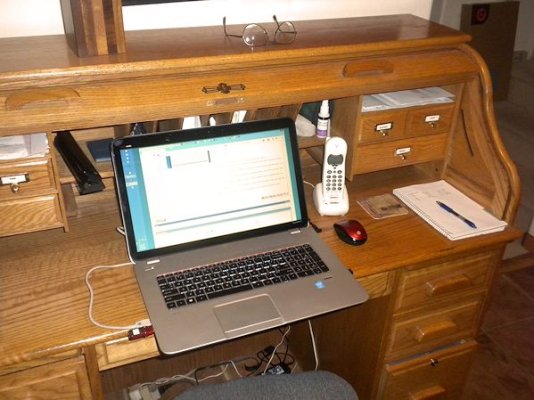ERD50
Give me a museum and I'll fill it. (Picasso) Give me a forum ...
I'm with you T-Al. Keep the marketing/public terms consistent and public, refer to the internal techy 'build numbers' as 'internal'. Your mock up captures that in a simple and sane way. It is obvious to all what is being conveyed.
There really is no excuse at all for anything less.
That is so easy and obvious, it is just mind-boggling that the MegaCorps (MS is not the only clueless one, unfortunately) can't get the simple and obvious things right.
Apple does a similar thing with their hardware. If I want to find out something specific about the MacBook Pros in our family, the Apple support side lists the different hardware with descriptors like ' 13" MacBook Pro - Spring 2011". So I have to look up, when in 2011 did we buy that? And when is 'spring'? And did I buy the ones just discontinued, or the new model?
If you go to sys prefs, or your receipt, they have a specific Model number. But then you have to go through a google search and magic decoder ring to turn that into a date. They also have an identifier like 'MacBookPro8,1', but that appears to be a more general hardware class descriptor, and includes several different models. And you find all three descriptors used in different places, so it's really a pain. They should put that specific model # on a label, include it in any/all references and be done with it.
-ERD50
There really is no excuse at all for anything less.
That is so easy and obvious, it is just mind-boggling that the MegaCorps (MS is not the only clueless one, unfortunately) can't get the simple and obvious things right.
Apple does a similar thing with their hardware. If I want to find out something specific about the MacBook Pros in our family, the Apple support side lists the different hardware with descriptors like ' 13" MacBook Pro - Spring 2011". So I have to look up, when in 2011 did we buy that? And when is 'spring'? And did I buy the ones just discontinued, or the new model?
If you go to sys prefs, or your receipt, they have a specific Model number. But then you have to go through a google search and magic decoder ring to turn that into a date. They also have an identifier like 'MacBookPro8,1', but that appears to be a more general hardware class descriptor, and includes several different models. And you find all three descriptors used in different places, so it's really a pain. They should put that specific model # on a label, include it in any/all references and be done with it.
-ERD50






